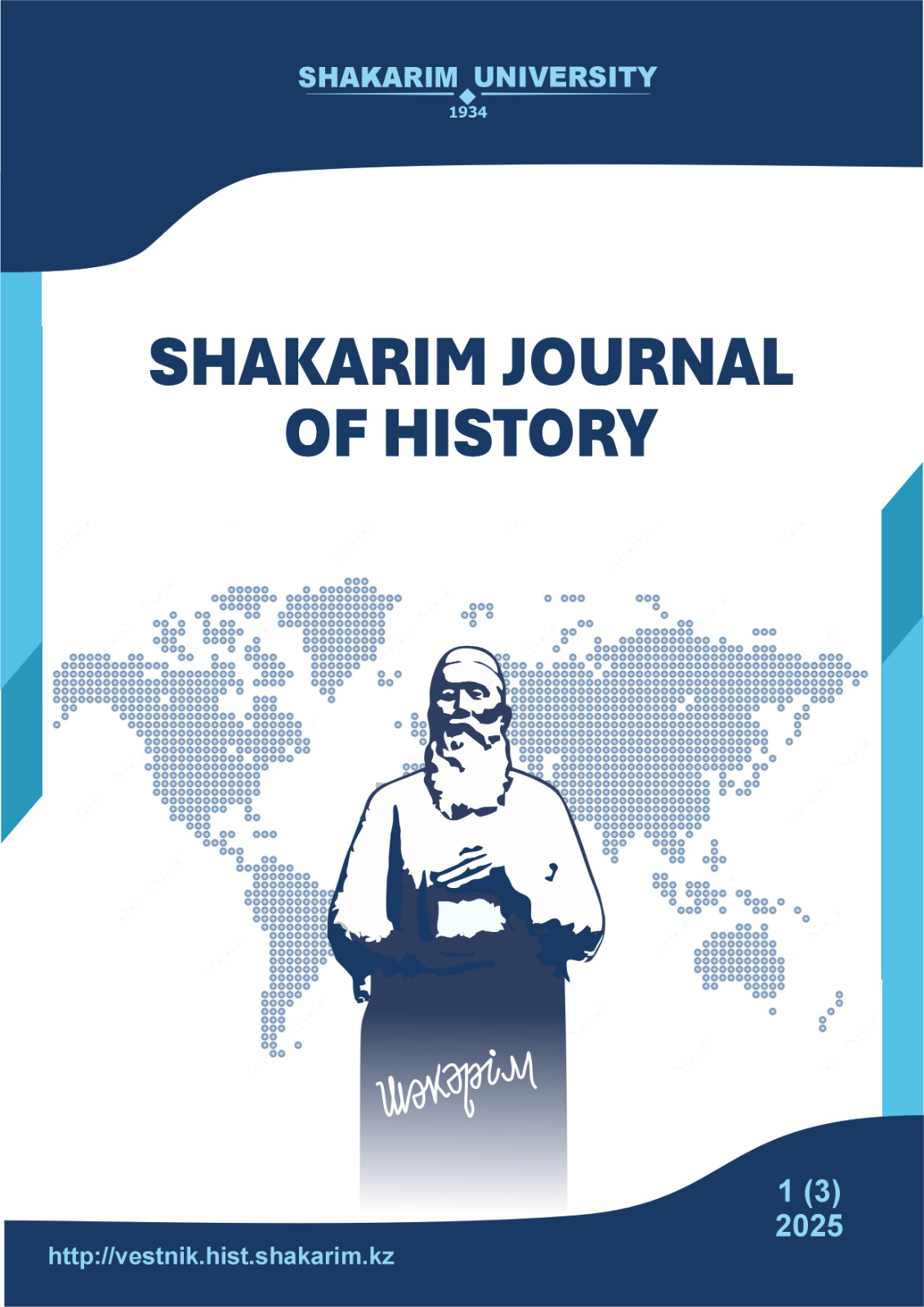AT THE VANGUARD OF THE “NEW ORDER”: THE KOMSOMOL AND GERMAN YOUTH (1918–1930)
Keywords:
Soviet Union, national policy, class struggle, RCP(b), RKSM, Komsomol, Western national minorities, Russian Germans.Abstract
In 1918, the Russian Communist Party (Bolsheviks) (RCP(b)) founded the Communist Union of Youth (RKSM), also known as the Komsomol. The Bolsheviks pursued two main objectives: the consolidation of class struggle among the younger generation and winning the youth over to their side. The article demonstrates which forms the Moscow Center used in working with communist youth organizations of Western national minorities, including Russian Germans, in order to influence the younger generation and divide youth along class lines.
The author of the article seeks to answer the question of what other means, apart from discipline and repression, the Bolsheviks possessed for educating the “new man” and integrating the younger generation into “socialist” forms of labor and life.
It is concluded that the creation of special national sections within the RKSM was a temporary and forced phenomenon; they were merely a transitional form, a tool for conducting agitational, propagandistic, and political-educational work among a part of the national youth who, due to their lack of knowledge of the Russian language, were separated from participation in the general organization of the All-Union Leninist Communist Youth League (VLKSM).
The communist youth organizations made a decisive contribution to the destruction of the traditional patriarchal way of life in national regions and settlements, actively participating in anti-religious and internationalist propaganda and agitation. It was precisely from among the young communists that, subsequently, leadership cadres of all levels emerged to work in party and Soviet bodies. The policy of the Central Committee (CC) of the RKSM toward German youth can be regarded as a model on the basis of which the Komsomol leadership built its political line with respect to other national minorities of the West.
Downloads
Published
Issue
Section
License
Copyright (c) 2025 V. Denninghaus (Автор)

This work is licensed under a Creative Commons Attribution-NonCommercial 4.0 International License.
Copyright presupposes the integrity and responsibility of each co-author who made a significant contribution to the writing of the article.
The author has the right to store his publications in an institutional or other repository of his choice, provided he provides the appropriate link to the journal’s website.





